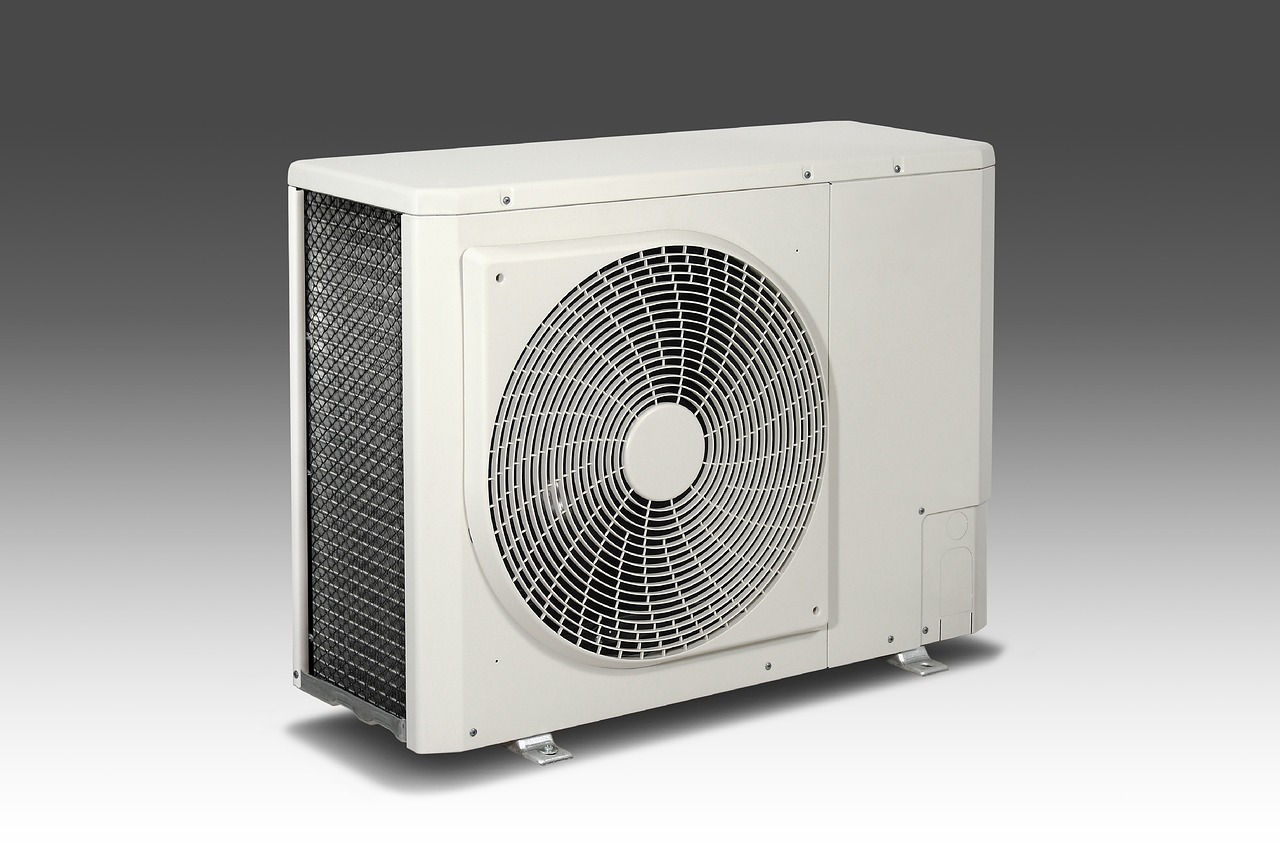Découvrez la vie durable avec milvisages – votre destination pour tout ce qui concerne les généralistes.
Bienvenue sur milvisages, une entreprise dédiée à éduquer et à habiliter les gens pour protéger l’environnement.
Education et Action pour l’Environnement
Notre site vise à promouvoir des pratiques eco-responsables, des actions en faveur du climat, et la conservation de la biodiversité.
Nos Services
Nous offrons une variété de ressources pour vous aider à devenir un champion de l’environnement, tels que des guides pratiques, des vidéos informatives, et des initiatives communautaires.
Explorez nos catégories diverses
Découvrez nos catégories diverses, comprenant des pratiques écologiques, des actions contre le changement climatique et la conservation de la biodiversité. Que vous soyez un passionné de l’environnement ou que vous entamiez tout juste votre parcours, milvisages fournit des informations précieuses et des conseils pratiques pour un avenir plus vert.
En tant que généraliste, notre site s’adresse à tous les publics
Découvrez des informations précieuses et des conseils pratiques pour un avenir plus vert sur milvisages.
Notre site éducatif se concentre sur l’environnement et offre une mine d’informations et de ressources pour inspirer un mode de vie durable. Nous avons pour objectif d’informer et d’habiliter nos visiteurs, en favorisant une communauté dévouée à la protection de notre planète.
Rejoignez-nous sur milvisages et ensemble, faisons un pas plus vert vers l’avenir.
Découvrez
Parcourez notre site pour en savoir plus sur la vie durable et la protection de l’environnement.
Pratiques écologiques
Apprenez à adopter des habitudes respectueuses de l’environnement dans votre vie quotidienne.
Action climatique
Explorez comment nous pouvons ensemble lutter contre le changement climatique.
Conservation de la biodiversité
Découvrez comment protéger la nature et les espèces animales pour un avenir durable.
Pratiques durables
Recevez des conseils pratiques pour un style de vie plus durable et respectueux de la planète.
Rejoignez notre communauté de passionnés de l’environnement et faites la différence en préservant notre planète.
Statistiques environnementales
Inspirées par nos chiffres impressionnants sur l’environnement, rejoignez notre cause.
Articles récents
Découvrez les derniers articles de notre blog éducatif sur l’environnement et le développement durable.

Top 5 des médailles de baptême pour garçon à choisir
Choisir une médaille de baptême pour un garçon dépasse la simple tradition : c’est offrir[…]

Pendentif de baptême : découvrez nos médailles ange en or
Offrir un pendentif de baptême en or, notamment une médaille ange, réunit tradition et élégance.[…]

Super cho : spectacles pyrotechniques et lumières magiques incontournables
Super Cho redéfinit le spectacle pyrotechnique en mariant feu, lumière et magie avec une créativité[…]

Top restaurants in porquerolles for breathtaking sea views
Porquerolles offre une harmonie rare entre gastronomie et panorama marin. Déguster des saveurs méditerranéennes authentiques,[…]

Les tendances incontournables du street art à travers les époques
Le street art a traversé les époques en s’adaptant sans cesse aux contextes culturels et[…]

Les nouveautés incontournables sur le blog beauté à explorer
Découvrez les dernières tendances et conseils sur le blog beauté qui allie expertise, tests rigoureux[…]
Blog mode : découvrez les tendances et conseils incontournables
Le blog mode ne se limite pas à suivre les tendances, il invite à créer[…]

Profitez de cours de guitare à domicile pour progresser vite
Progresser rapidement à la guitare nécessite une organisation judicieuse. Adopter des cours à domicile offre[…]

Aménagement lyon : guide complet pour personnaliser votre espace
Introduction à l’aménagement à Lyon Imaginez transformer votre espace quotidien en un havre personnalisé, où[…]

Découvrez nos astuces incontournables pour chaque membre de la famille
Introduction aux astuces familiales Imaginez un instant votre foyer comme un orchestre harmonieux, où chaque[…]

Les restaurants à porquerolles avec une vue imprenable sur la mer
À Porquerolles, certains restaurants allient plaisir gustatif et panoramas marins d’exception. Offrir une table face[…]

L’évolution captivante du street art à travers le temps
Le street art a transformé nos espaces urbains en véritables galeries à ciel ouvert. De[…]

Les médailles de baptême pour garçon : un choix précieux et unique
Choisir une médaille de baptême pour garçon allie tradition, symbolisme et élégance. Ce bijou intemporel,[…]

Cours de guitare à domicile : apprenez facilement chez vous
Apprendre la guitare chez soi devient accessible grâce à des cours personnalisés adaptés à tous[…]

Trouvez votre amour : le meilleur site de rencontre de 2025
L’année 2025 offre un éventail de sites de rencontre qui facilitent la quête de l’amour.[…]
Inspirez-vous avec ces idées pratiques pour toute la famille
Chercher des idées pratiques pour toute la famille peut parfois sembler décourageant. Pourtant, la bonne[…]

Aménagement lyon : design sur mesure pour votre espace
Lyon, berceau de l’innovation architecturale, offre des opportunités uniques pour un aménagement sur mesure. Chaque[…]

Santé, beauté et bien-être : astuces pour une vie équilibrée
Équilibrer santé, beauté et bien-être est essentiel pour une vie épanouie. Chacun mérite d’explorer des[…]

Remboursement mutuelle santé : optimiser vos frais médicaux
Optimiser vos frais médicaux grâce à la mutuelle santé est essentiel pour alléger votre budget[…]

Climatisation à Nîmes : Profitez d’un confort optimal à domicile
Le climat de Nîmes, chaud et sec, mérite une attention particulière en matière de confort[…]

Découvrez les meilleurs aquariums à Metz pour vos poissons !
Cherchez-vous l’endroit idéal à Metz pour accueillir vos poissons ? Cet article vous présente une[…]
